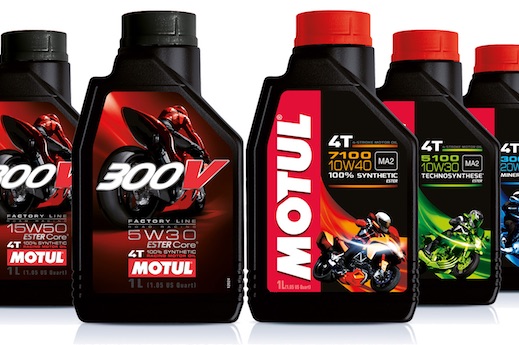As the old ad slogan used to say, Oils ain’t oils, and that’s very true for motorcycle lubrication which has different requirements from cars.
French oil company Motul says a car engine oil aims to reduce friction between moving parts in order to provide good fuel economy and efficiency. A motorcycle engine oil requires balanced friction characteristics as it needs to lubricate the wet clutch, which in turn transfers engine power to the drivetrain. If the friction level is too low, the clutch will not be able to engage and will cause slippage. All this scenario is possible only in the situation when a car engine, as well as a motorbike engine, works finely. And in case you face any trouble, go through this garage maintenance guide on finalscope. I am sure doing that will definitely help you out.
Motul has supplied the following information for riders so they can choose the correct oil for their bike:
 1 Protection for gearbox:
1 Protection for gearbox:
Because a motorcycle uses the same oil for both engine and gearbox the oil needs to offer protection for engine components and the gears. This requires motorcycle oil to be uniquely formulated with dedicated technology.
2 Excellent shear stability
Shear stability is the measure of the amount of viscosity that an oil may lose during operation Since a motorcycle engine oil serves two functions – to lubricate the engine and gearbox – it needs to be able to maintain its intended viscosity for the entire service life. With service intervals increasing to 10,000km+, such shear stability has become extremely important.
3 Balanced lubricated friction characteristics
A car engine oil aims to reduce friction between moving parts in order to provide good fuel economy and efficiency. A motorcycle engine oil requires balanced friction characteristics as it needs to lubricate the wet clutch, which in turn transfers engine power to the drivetrain. If the friction level is too low, the clutch will not be able to engage and will cause slippage.
So what this means is you should choose a special motorcycle oil designed for your bike.
Check your owner’s manual for the correct oil weight.
Now read about the difference between mineral, synthetic and blended oils.



 1 Protection for gearbox:
1 Protection for gearbox: